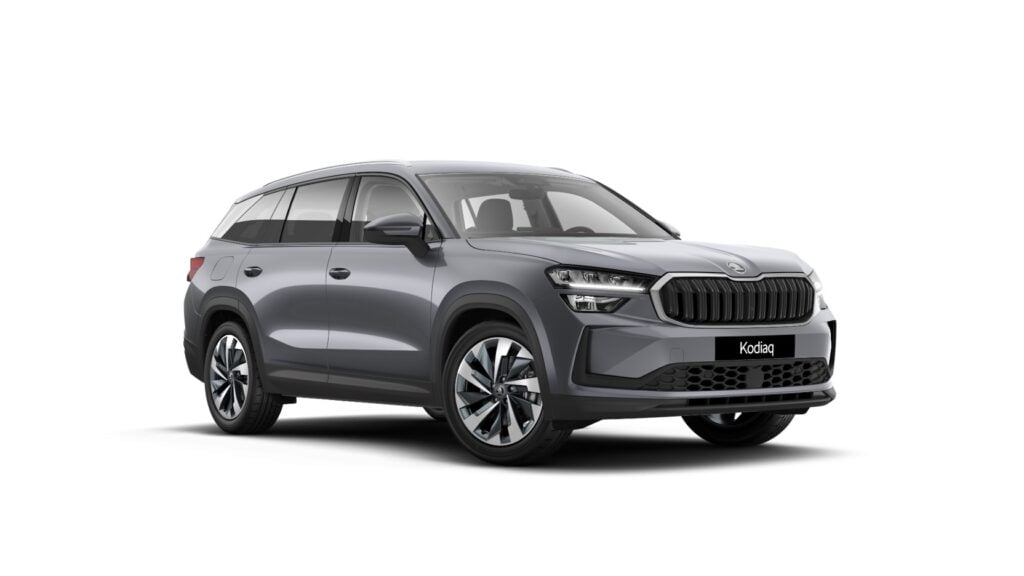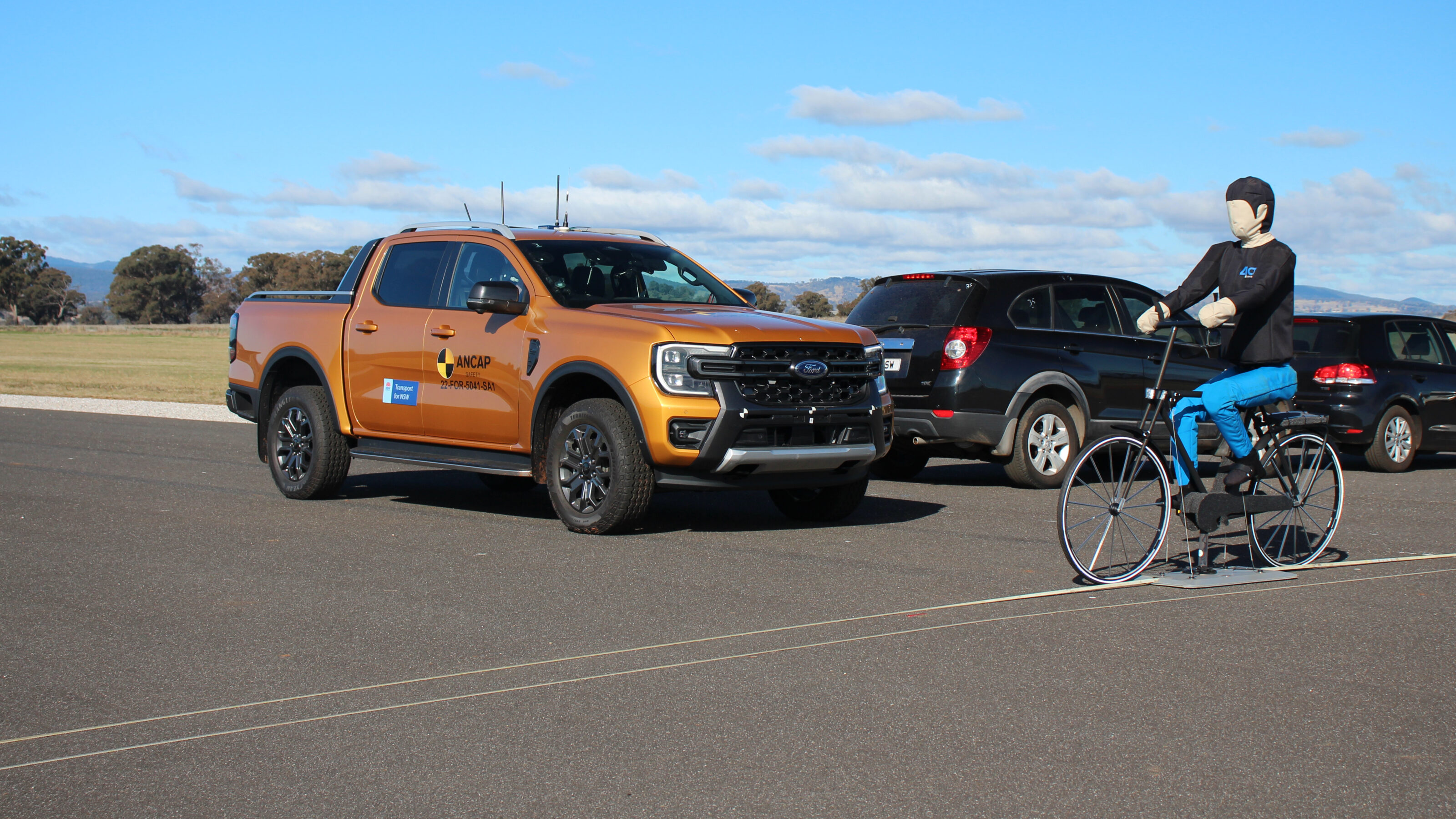
Snapshot
- ANCAP and Euro NCAP agree on 2030 vision
- Separating crash safety score and autonomous assistance ratings
- Greater focus on gender & age diversity in crash-testing
- American ‘full-size pick-ups’ in ANCAP’s sights
- Adding motorcycles, heavy commercial vehicles to program
Independent testing bodies ANCAP and Euro NCAP have outlined their vision for vehicle safety in 2030.
A renewed view on driver assistance technologies will go hand-in-hand with safer driving features, crash safety and post-crash responses.
In addition to evaluating the effectiveness of safety features such as autonomous emergency braking (AEB) and blind-spot monitoring, the testing bodies are also evaluating user-friendliness (HMI) of the systems.
The changes will be reflected in changes to the four key areas of assessment for both ANCAP and Euro NCAP, from 2026 they will be: safe driving; crash avoidance; crash protection; post-crash safety.
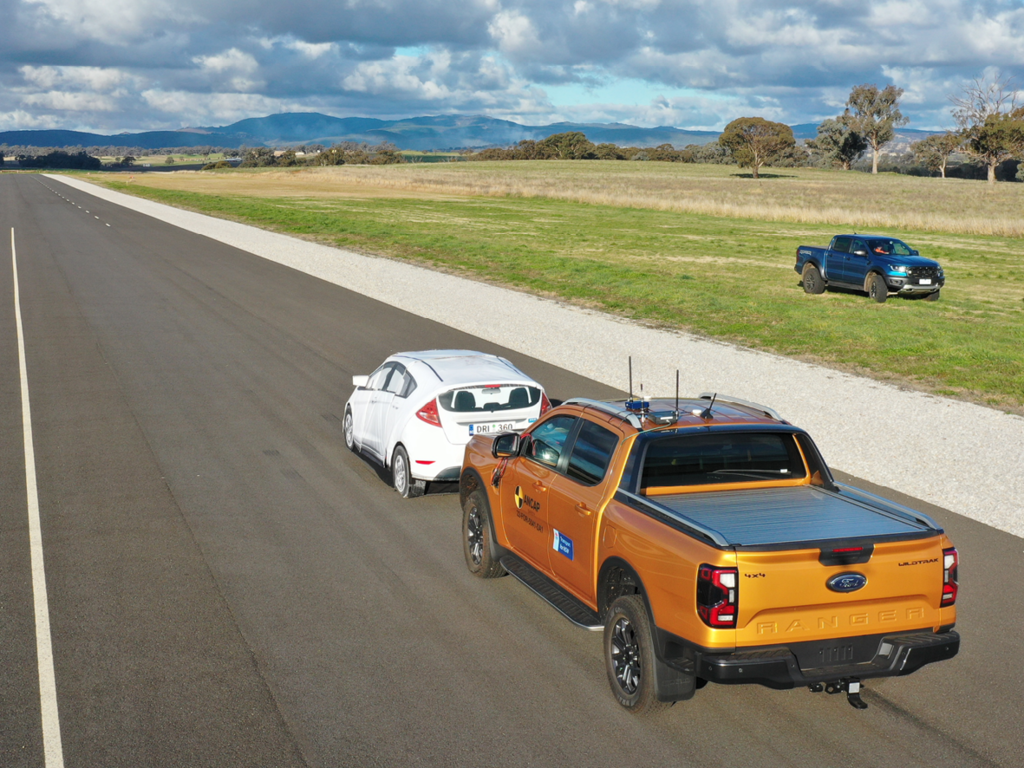
The latest standard introduced by ANCAP from 2023 – including floodwater tests – will remain in place until 2026.
In addition to passenger and light-commercial vehicles, ANCAP and Euro NCAP are considering adding motorcycles and scooters, as well as heavy goods vehicles to test procedures.
“The release of the 2030 future view establishes the key testing and assessment focus areas for the industry – both for our existing automotive industry stakeholders, and for a new cohort of industry stakeholders that have not previously engaged in the ANCAP process,” ANCAP CEO Carla Hoorweg said.
“The move to explore assessment of medium and heavy trucks is a notable shift and seeks to address the overrepresentation of these vehicles in road fatalities and serious injuries.”
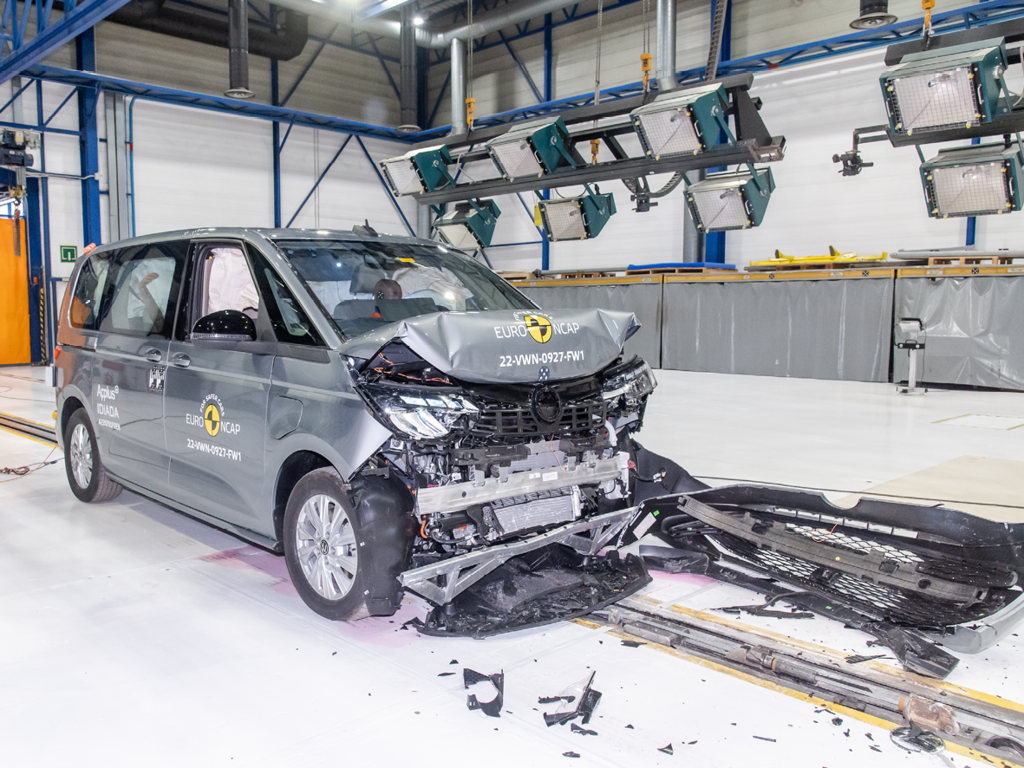
While car companies are targeting net zero emissions by 2050, ANCAP is looking to reach zero road fatalities by 2050, and the Vision 2030 plan is the first stepping stone.
“The automotive industry continues to innovate and is already delivering safety systems that go beyond current regulatory requirements.
“By setting timely voluntary standards for advanced safety features and technologies, ANCAP continues to be the catalyst for accelerating uptake and promoting best practice across the passenger and commercial vehicle fleet,” Ms Hoorweg added.
Jump ahead to what interests you
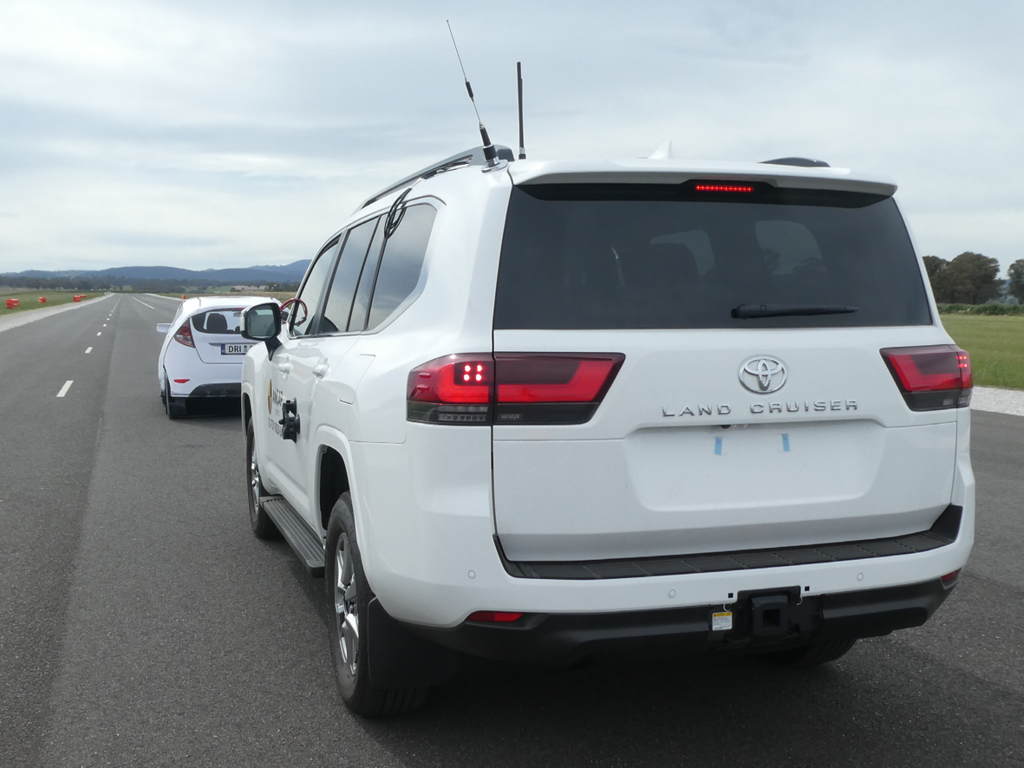
What are the new ANCAP tests?
ANCAP has already detailed updates to its 2023-2025 protocol, some of which fall under Vision 2030. But there are more coming from 2026, with a view to increasing real-world safety performance.
Direct driver monitoring systems will be put under scrutiny. More than just indirect monitoring, ANCAP wants to see the ability to detect short-term impairment, for example from alcohol or other affects, and have the ability to adjust a car’s performance accordingly.
Furthermore, direct recognition of different occupant classifications, for example child or adult, with airbag and crash protection characteristics able to be altered.
Speed control feature testing will be renewed, with specific Australian input. ANCAP will evaluate how close cars remain to a selected speed, with 3km/h leeway deemed adequate.
Separate testing of level two and three autonomous driving technology will be carried out separately to the ANCAP star rating. The result will be a complementary score for autonomous tech. ANCAP is also monitoring advancements in pre-emptive obstacle detection.

Crash avoidance systems such as AEB have been a big talking point of late. For 2023, motorcycle AEB detection is required. For 2026, this will be revised, potentially with increased speeds. ANCAP is also investigating how to test real-world AEB efficacy outside the lab.
A positive human-machine interface will also be taken into account. This means pre-warning before AEB application, and any chimes or alerts surrounding its application. Pedal misapplication is also being monitored; ANCAP noted an increase in the phenomenon lately in Australia and New Zealand.
Pedestrian and cyclist protection improvements will be encouraged, specifically greater protection at the A-Pillar, following the new crash form structure mandate in 2023.
Occupant protection will be overhauled with more diverse testing dummies – including ‘THOR 5F small female dummy’. Also from 2026, ANCAP will consider whether simulating these tests using computers is adequate, which could save money. Australia and New Zealand will continue with their top-tether-heavy child restraint policies.
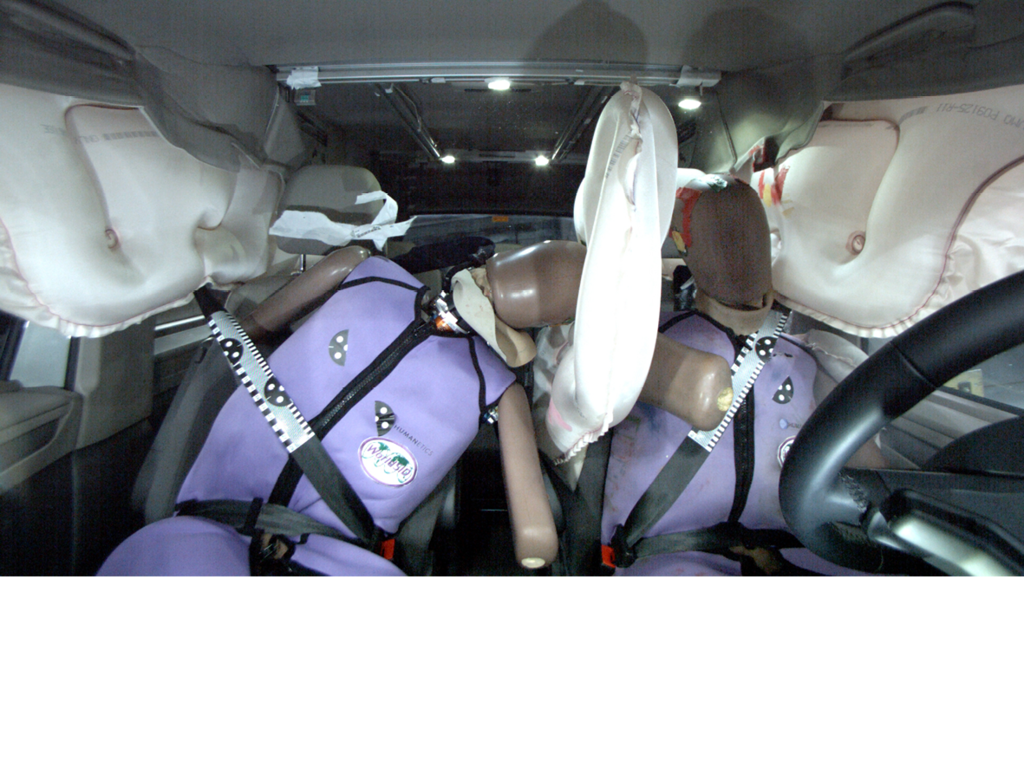
Post-crash safety is on the cards, too, though Australia and New Zealand’s mobile networks are not advanced enough to score these features in the same way as Euro NCAP does in the short term. From 2026, it will be rolled into the criteria in some form.
ANCAP’s aspirations
The following are dot points outlined by ANCAP as goals
- Strengthen procedures for carryover tests
- Implement over-the-air software update policy for safety systems
- Retain and update dual-rating policy Aus/NZ
- Changes to star rating system
There will also be a renewed focus on driver and occupant monitoring systems, active ones that can determine more than just level of tiredness but also potential short-term impairments.
Another area is a broader spread of gender and age level tests in protocols, to better represent the real population. Finally, adding new testing scenarios is part of ANCAP’s 2030 push.
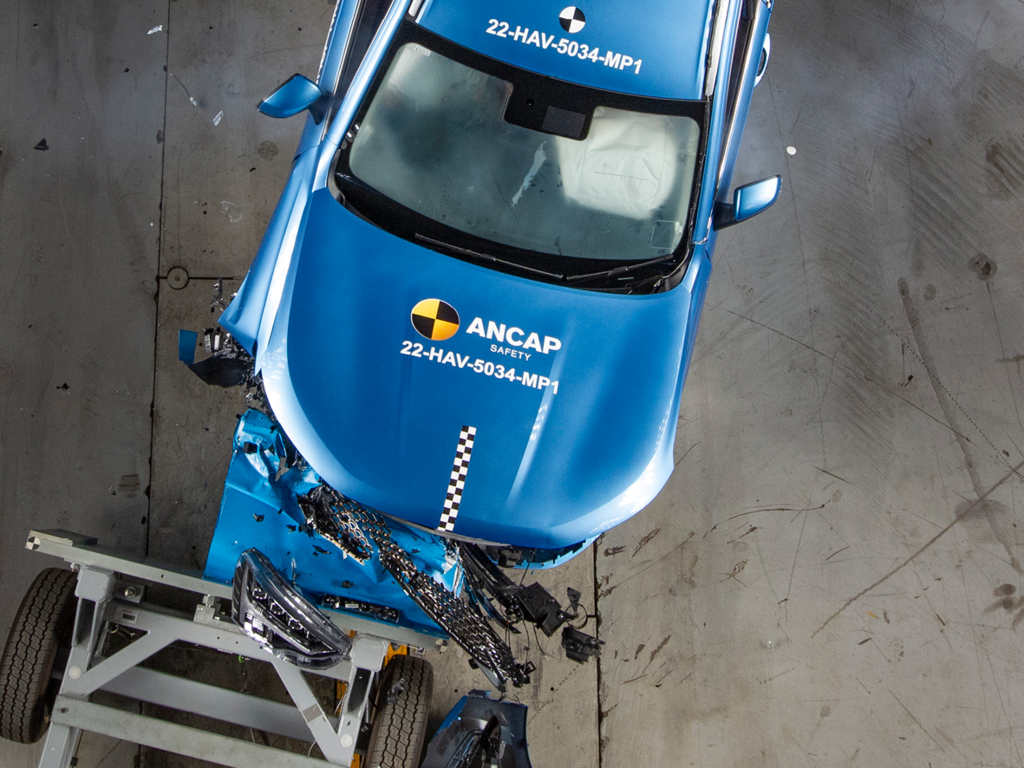
More vehicle types added to ANCAP testing
In addition to more stringent testing for light vehicles, ANCAP is also looking to integrate motorcycle and heavier commercial vehicles into procedures.
New motorcycles sold in Australia must be fitted with ABS, with new models mandated from 2017, and existing models to adopt the tech by 2021. ANCAP is investigating how it can encourage uptake of traction control, and other advanced rider aids.
ANCAP has expressed an interest in cracking down on increasingly US-size ‘pick-up trucks’ such as RAM 1500s and Chevrolet Silverados that, with their commercial intent, currently miss ANCAP’s test circle.
The Vision 2030 document states that the rise in popularity makes “a compelling case for ANCAP to examine the comparable safety of these vehicles.”
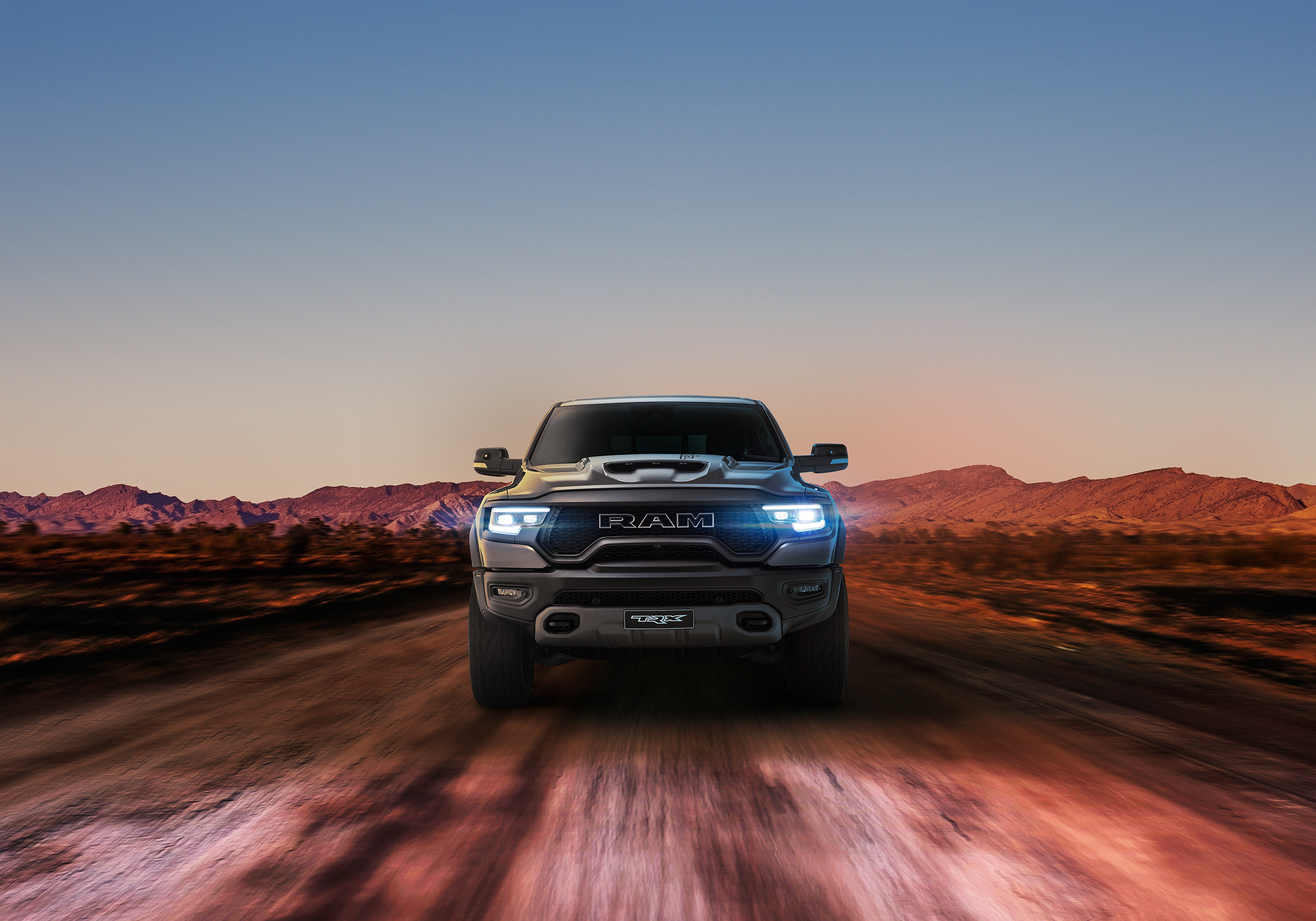
Other goods vehicles in ANCAP’s sights are light trucks (3.5-8 tonne GVM), the report reads:
“In 2021, 64 Australians died in collisions involving rigid trucks. 80 per cent of these fatalities were the driver of the struck (opponent) vehicle and pedestrians or cyclists (vulnerable road users), and more than 60 per cent of these fatal crashes occurred on roads in major cities and other urban areas.”
ANCAP’s first step will be to investigate whether a similar grading program could be applied to light trucks as the independent safety testing body did for 16 vans in February this year.
Larger trucks, classified as medium and large, have more stringent licensing requirements and are not so overrepresented in road fatalities. However, ANCAP is still looking to offer guidance for consumers into making safer choices.
We recommend
-
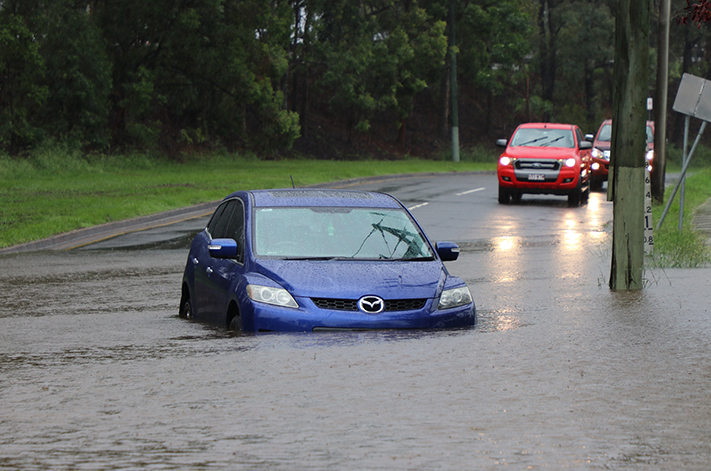 News
NewsANCAP to add floodwater testing to assessment program from 2023
...upcoming changes also include 'child detection' to stop kids being left alone in cars
-
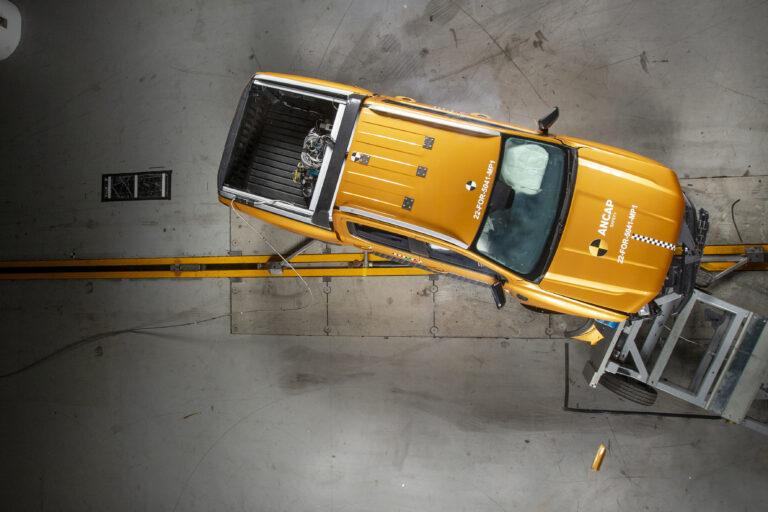 News
News2023 Ford Ranger, Ford Everest safety: ANCAP 5-star result confirmed
No surprises here, Ford's new-generation Ranger ute and Everest SUV have been award top safety scores
-
 News
NewsANCAP slams commercial vans for poor collision tech
While some vans are keeping up with vital safety tech, a recent study by ANCAP shows that it’s not universal


